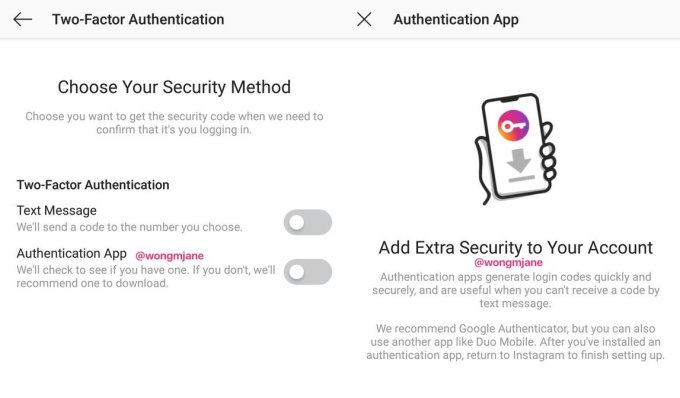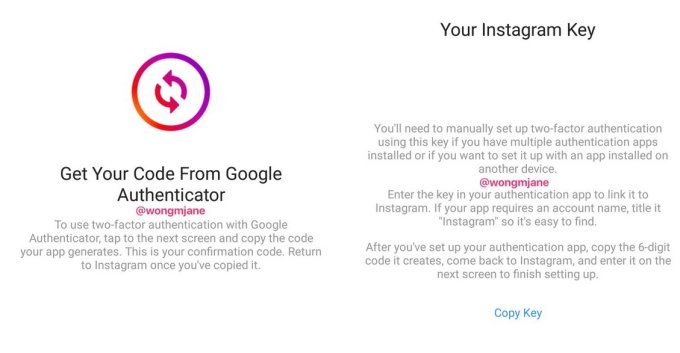There are roughly 45 million unpaid eldercare providers in the United States, according to the 2016 U.S. Census Bureau. It’s tough on these family caregivers, many of whom are working women who are also raising their own children.
There are alternatives. For example, there’s no shortage of agencies willing to place a rotating cast of caregivers into the homes of the elderly, though they can be prohibitively expensive for many families. There are also upstarts trying to address the challenge — and opportunity — that an aging American population presents. One startup, Honor, places full-time employees in the homes of seniors with an eye on maintaining a consistent experience for the seniors with whom they work. Another, HomeHero, partners with hospitals to connect home care providers to patients.
Now, another startup in the space, three-year-old, San Francisco-based Kindly Care, is taking more of a marketplace approach, pairing vetted caregivers with families who need them, then helping both sides manage their financial and tax arrangements by acting as their back-office provider.
The company, as with many similar companies, was born of the need of its founder and CEO, Igor Lebovic, a native of Croatia who’d moved to the U.S. to nab two aerospace engineering degrees, and never moved home, instead starting a company with a college co-founder.
They later sold their startup to About.com, then a property of The New York Times. Despite the happy outcome for Lebovic, however, he worried about his parents, thousands of miles away, as the realization set in that he might never again be as available to them as he was when they lived in close proximity.
“Like a lot of people who leave their parents behind, it’s one of those things that I’ve wondered about over time. We don’t have a lot of plans for our parents, and there’s this guilt.”
Whether the 12-person company eventually expands into Europe is a distant unknown, but Kindly Care seems to be resonating with caregivers in the U.S. According to Lebovic, more than 100,000 caregivers have registered with the platform in hopes of finding an assignment through it, and 20,000 have been fully vetted and are now available to contact through the platform and who can help with everything from memory care; to specialized nursing; to dressing, bathing and personal care; to transportation.
How it works: Based on a family’s specific needs, they scan interviews and videos of caregivers in their area, before settling on an individual and establishing an hourly wage that’s acceptable on both sides. Most families pay between $15 and $18 an hour, says Lebovic. After that, Kindly Care essentially sets up a payroll for the family that ensures that payments and tax withholdings are compliant based on the state of operation.
What Kindly Care gets in exchange is a commission based on the dollars spent on its platform. Families who pay for live-in help are essentially providing the company with 20 percent of the hourly wages they give their caregivers; for caregivers who don’t live with their clients, Kindly Care takes a 25 percent cut.
It may sound steep, but Lebovic argues that it has to do the heavy lifting required on the front end to ensure that caregivers are who they say they are, and that they operate in a way that’s compliant with local labor laws. That Kindly Care provides payroll and other back office functions presumably help many families, and caregivers, rationalize the cost, too.
Either way, Kindly Care remains more affordable than traditional live-in-care, Lebovic says, and it’s a far better alternative to posting an ad on Craigslist and hoping for the best. Investors appear to agree, too. Kindly Care just completed a $5.4 million Series A funding round led by Javelin Venture Partners, with participation from MHS Capital and Jackson Square Ventures . Altogether, the company has now raised $9.5 million.
Asked what Kindly Care will do with its fresh capital, Lebovic is clear. “Right now we’re geographically spread out across five states,” including California and Ohio. “Now, with the help of our new funding, we plan to expand to all 50.”











